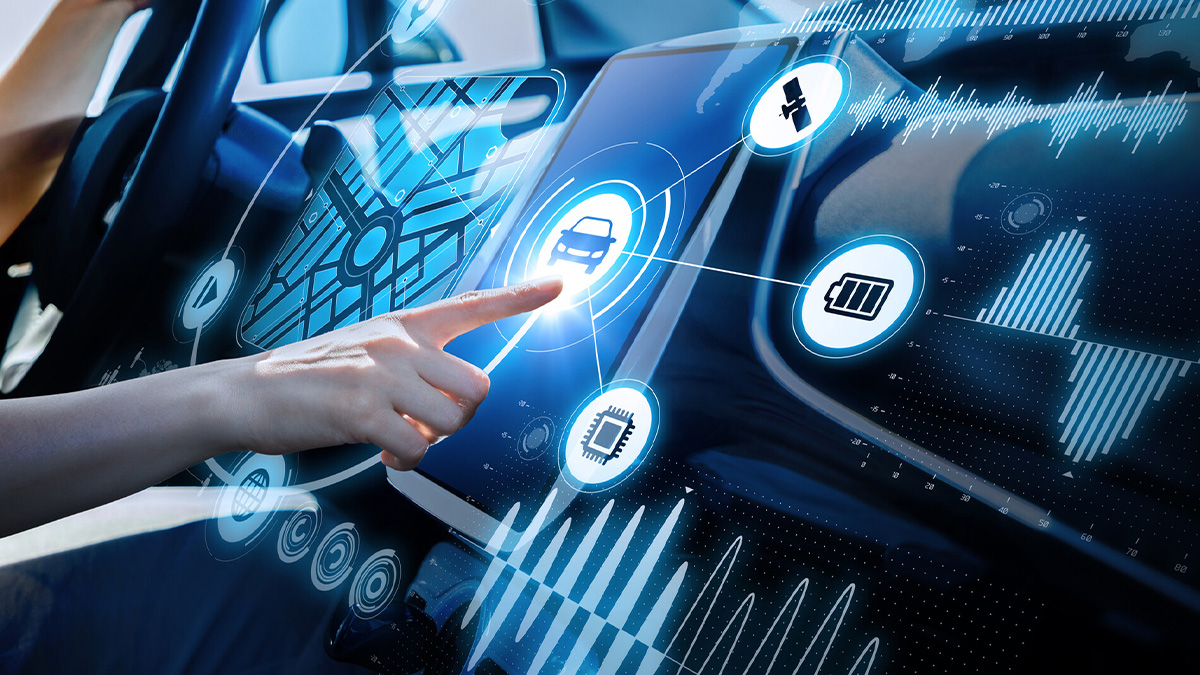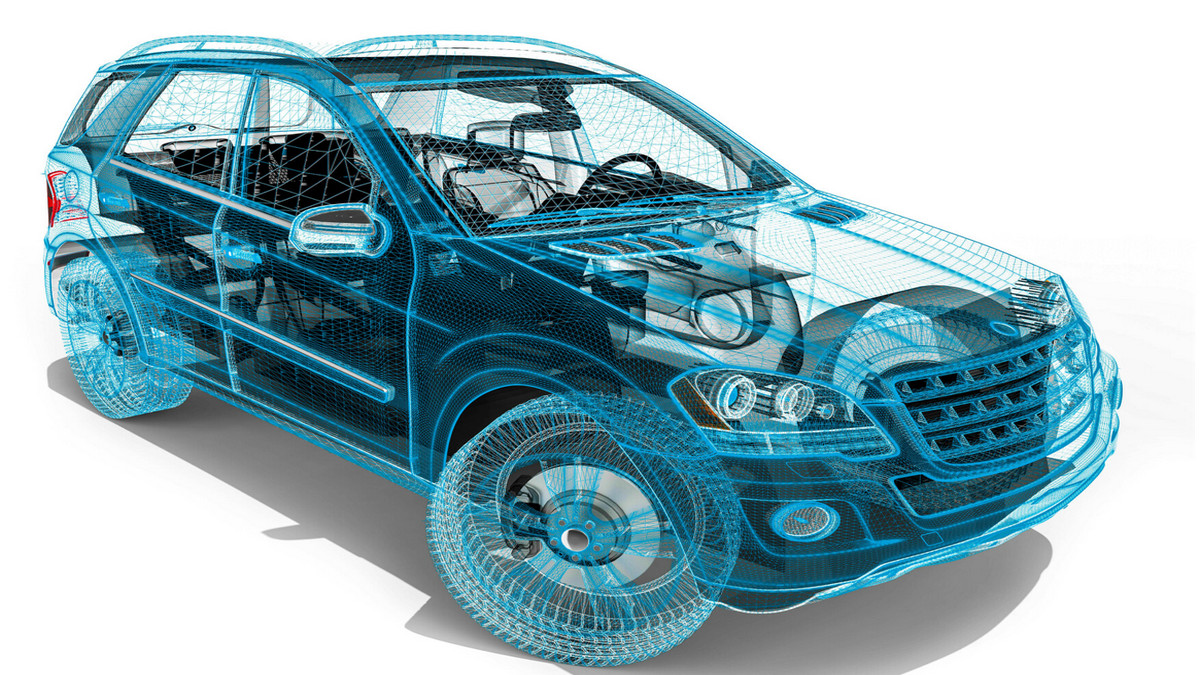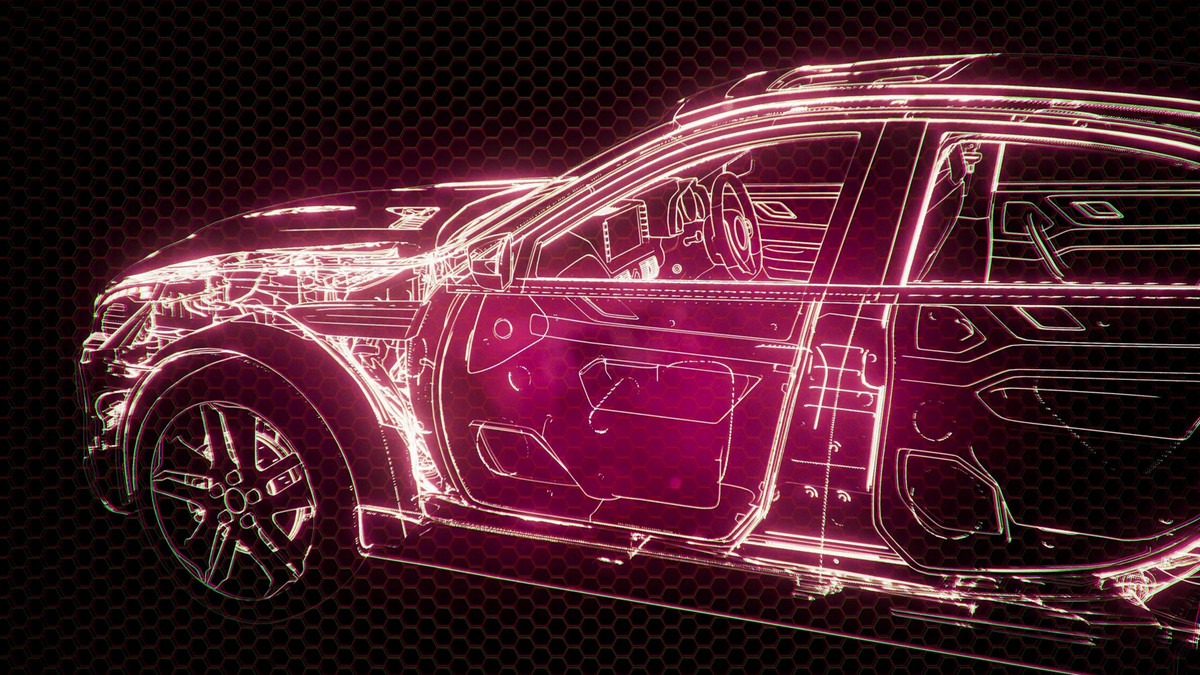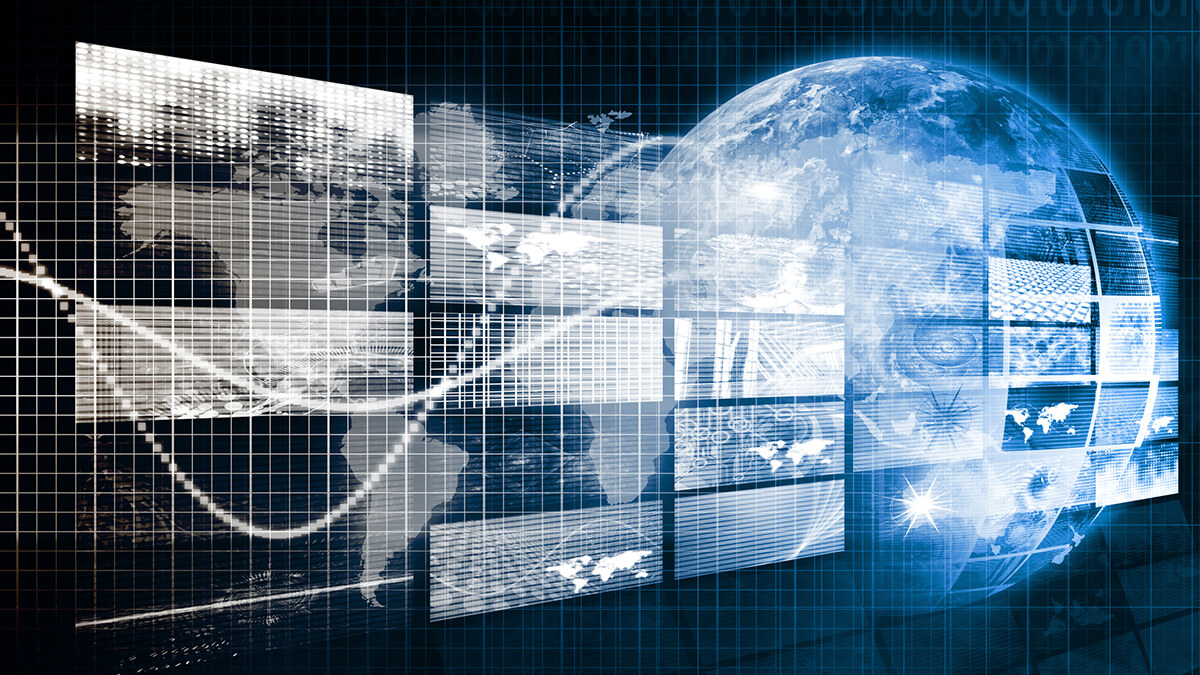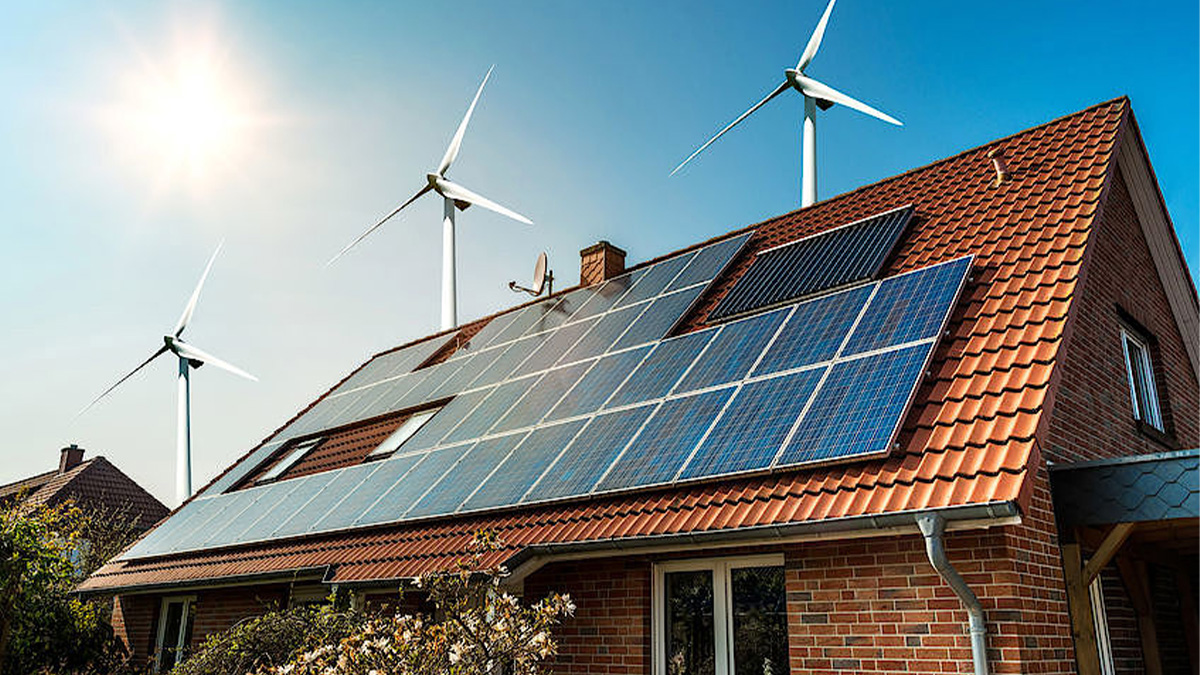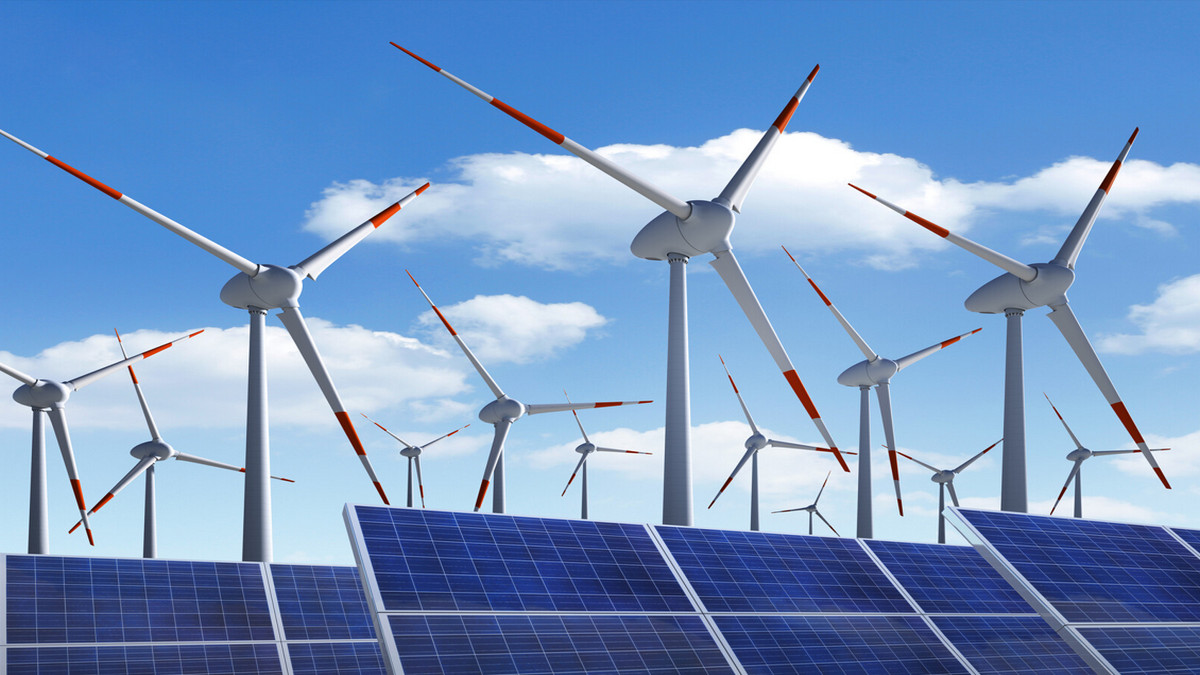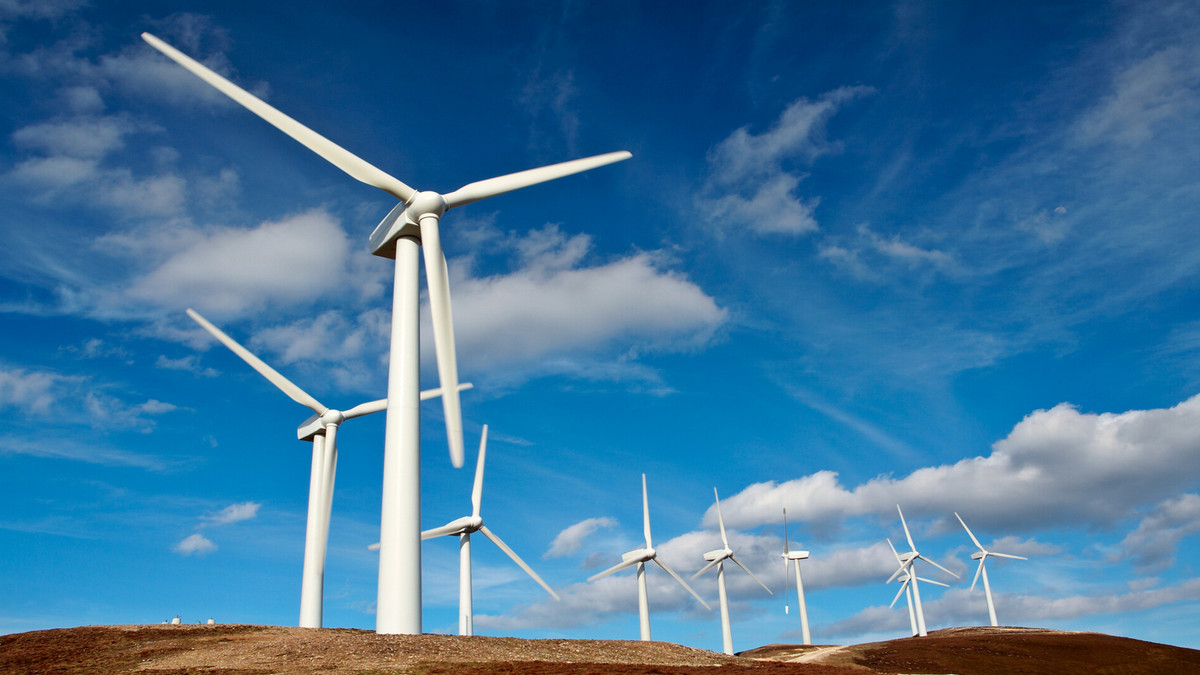What is the development and application prospect of edge computing? When cloud computing is not enough to process and analyze data generated or to be generated by IoT devices, connected cars and other digital platforms in real time, edge computing will come in handy. Edge computing technology has the potential to be applied in many industries and plays a huge role.
Why do you need edge computing?
Sometimes faster data processing is a luxury, and sometimes it matters life or death. For example, a self-driving car is essentially a high-performance computer equipped with wheels that collects data through a large number of sensors. For these vehicles to operate safely and reliably, they need to react immediately to the surrounding environment. Any delay in processing speed can be fatal. Although data processing of networked devices is now mainly performed in the cloud, transferring data back and forth between central servers may take several seconds. This time is too long.
Edge computing makes it possible for autonomous vehicles to process data more quickly. This technology enables networked devices to process data formed at the "edge", where "edge" refers to being inside the device or much closer to the device itself.
It is estimated that by 2020, each person will generate an average of 1.5GB of data per day. As more and more devices connect to the Internet and generate data, cloud computing may not be able to fully process the data-especially in certain use cases where data needs to be processed very quickly.
Edge computing is another optional solution other than cloud computing, and its range of applications in the future is likely to be far more than driverless cars. Some technology giants, including Amazon, Microsoft and Google, are exploring "edge computing" technology, which may trigger the next large-scale computing competition. Although Amazon Web Services (AWS) still dominates the public cloud, it remains to be seen who will become the leader in this emerging edge computing field. Before we understand edge computing, we must first look at how its predecessor, cloud computing, paved the way for Internet of Things (IoT) devices around the world.
Cloud computing empowers the connected world
From wearable devices to connected kitchen appliances, connected devices can be said to be everywhere. It is estimated that by 2019, the global Internet of Things market will exceed 1.7 trillion US dollars, more than triple the 486 billion US dollars in 2013. Therefore, cloud computing—the process by which many smart devices connect to the Internet to operate—has become an increasingly mainstream trend.
Cloud computing enables companies to store and process data (as well as other computing tasks) through remote server networks (commonly known as "clouds") outside of their physical hardware. For example, you can choose to use Apple ’s iCloud service to back up your smartphone, and then you can retrieve the data in the smartphone through another networked device (such as your desktop computer) by logging in to your account Connect to the cloud. Your information is no longer limited by the internal hard drive capacity of your smartphone or desktop.
This is just one of many cloud computing use cases. Another example is to access various complete applications through the web or mobile browser. As cloud computing has become more popular, it has attracted large technology companies such as Amazon, Google, Microsoft and IBM. According to a survey conducted by RightScale, a private cloud management company, in 2018, among the major public cloud providers, Amazon AWS and Microsoft Azure ranked first and second. But centralized cloud computing is not suitable for all applications and use cases. Edge computing can provide solutions in areas where traditional cloud infrastructure may be difficult to solve.
The capabilities and applications of edge computing?
The transition to edge computing
In the future where we are full of data, billions of devices will be connected to the Internet, so faster and more reliable data processing will become crucial. In recent years, the integrated and centralized nature of cloud computing has proven to be cost-effective and flexible, but the rise of the Internet of Things and mobile computing has put considerable pressure on network bandwidth. Ultimately, not all smart devices need to use cloud computing to run. In some cases, this round-trip transmission of data can and should be avoided.
As a result, edge computing came into being. According to CB Insights' market size quantification tool, the global edge computing market size is expected to reach US $ 6.72 billion by 2022. Although this is an emerging field, in some areas covered by cloud computing, the operating efficiency of edge computing may be higher. Edge computing enables data to be processed at the nearest end (such as motors, pumps, generators, or other sensors), reducing the need to transfer data back and forth between the clouds.
According to market research firm IDC, edge computing is described as "a mesh network of micro data centers that process or store critical data locally and push all received data to a central data center or cloud storage repository, which covers less than 100 square feet. " For example, a train may contain sensors that can immediately provide information about its engine status. In edge computing, sensor data does not need to be transmitted to a train or a cloud data center to see if anything affects the operation of the engine.
Localized data processing and storage puts less pressure on the computing network. When less data is sent to the cloud, the possibility of a delay—a delay in data processing caused by the interaction between the cloud and the IoT device—will decrease. This also allows hardware based on edge computing technology to undertake more tasks, including sensors for collecting data and CPUs or GPUs for processing data in networked devices.
With the rise of edge computing, it is also important to understand another technology involved in edge devices, which is fog computing. Edge computing specifically refers to the calculation process performed at or near the "edge" of the network, while fog computing refers to the network connection between the edge device and the cloud. In other words, fog computing brings the cloud closer to the edge of the network; therefore, according to OpenFog, "fog computing always uses edge computing, not edge computing always uses fog computing." Speaking back to our train scenario: sensors Can collect data, but cannot take immediate action on the data. For example, if a train engineer wants to understand how train wheels and brakes work, he can use historically accumulated sensor data to predict whether parts need repair.
In this case, the data processing uses edge computing, but it is not always carried out immediately (as opposed to determining the engine state). With fog computing, short-term analysis can be achieved at a given point in time without having to return completely to the central cloud. Therefore, it is important to remember that although edge computing complements cloud computing and works very closely with fog computing, it is by no means a substitute for both.
Advantages of edge computing
Although edge computing is an emerging field, it has some obvious advantages, including:
- Real-time or faster data processing and analysis: Data processing is closer to the data source, rather than being performed in an external data center or cloud, so latency can be reduced.
- Lower costs: Enterprises spend less on data management solutions for local devices than on cloud and data center networks.
- Less network traffic: With the increase in the number of IoT devices, data generation continues to increase at a record rate. As a result, network bandwidth has become more limited, overwhelming the cloud and causing greater data bottlenecks.
- Higher application operating efficiency: As the lag is reduced, the application can run faster and more efficiently.
- Weakening the role of the cloud will also reduce the possibility of a single point of failure.
For example, if a company uses a central cloud to store its data, once the cloud goes down, the data will be inaccessible until the problem is fixed—the company may suffer severe business losses. In 2016, Salesforce's North America 14 site (aka NA14) was down for more than 24 hours. Customers cannot access user data, from phone numbers to emails, etc., and business operations are severely damaged.
Since then, Salesforce has transferred its IoT cloud to Amazon's AWS, but this downtime event highlights a major drawback of relying only on the cloud. Reducing the dependence on the cloud also means that certain devices can run stably offline. This is especially useful in areas with limited Internet connectivity-whether in specific areas where there is a severe lack of network services, or in remote areas such as oil fields that are often not accessible.
Another key advantage of edge computing is related to security and compliance. This is especially important as the government pays more and more attention to how companies use consumer data. One example is the General Data Protection Regulation (GDPR) recently implemented by the European Union (EU). The regulation aims to protect personally identifiable information from data misuse. Because edge devices can collect and process data locally, the data does not have to be transferred to the cloud. Therefore, sensitive information does not need to go through the network, so if the cloud is attacked by the network, the impact will not be so serious. Edge computing can also enable interoperability between emerging networked devices and old-style "legacy" devices. It "transforms the communication protocol used by the old system into a language that modern connected devices can understand." This means that traditional industrial equipment can be seamlessly and efficiently connected to modern IoT platforms.
Development status of edge computing
Today, the edge computing market is still in its early stages of development. But as more and more devices are connected, it seems to be receiving much attention. The companies that dominate the cloud computing market (Amazon, Google, and Microsoft) are becoming leaders in edge computing. Last year, Amazon entered the field of edge computing with AWS Greengrass and walked ahead of the industry. The service extends AWS to devices so that they can "process the data they generate locally while still using the cloud for management, data analysis, and persistent storage." Microsoft also has some big moves in this area. The company plans to invest $ 5 billion in the Internet of Things in the next four years, including edge computing projects.
However, it is not just the three major technology giants who are interested in entering this field. As more and more networked devices emerge, many players in the emerging ecosystem are developing software and technology to help edge computing take off. Over the next four years, Hewlett Packard Enterprise will invest $ 4 billion in edge computing. The company's Edgeline Converged Edge Systems target customers are those industrial partners who want to acquire data center-level computing power and usually operate in remote areas. Its system promises to provide insights from connected devices for industrial operations (such as oil rigs, factories, or copper mines) without relying on sending data to the cloud or data center. In the emerging edge computing field, other major competitors include Scale Computing, Vertiv, Huawei, Fujitsu and Nokia.
Artificial intelligence chip manufacturer Nvidia launched Jetson TX2 in 2017, which is an artificial intelligence computing platform for edge devices. Its predecessor was Jetson TX1, which claimed to "redefine the possibility of extending advanced AI from the cloud to the edge." Many well-known companies are also investing in edge computing, including General Electric, Intel, Dell, IBM, Cisco, Hewlett Packard Enterprise, Microsoft, SAP SE and AT & T. For example, in the private equity market, both Dell and Intel have invested in Foghorn, which provides edge intelligence for industrial and commercial IoT applications. Dell also participated in the seed round financing of the IoT edge platform IoTech. Many of the companies mentioned above, including Cisco, Dell and Microsoft, have also joined forces to form the OpenFog Alliance. The organization's goal is to standardize the application of this technology.



